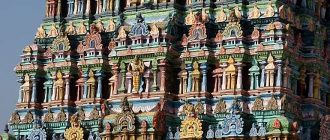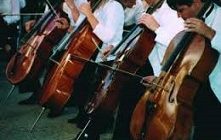 The use of musical instruments in India dates back to the 13th century as music plays an important role in the culture of the country.
The use of musical instruments in India dates back to the 13th century as music plays an important role in the culture of the country.
In the medieval period in India the musical instruments and other aspects of culture saw a Muslim impact as the demographics of the country of India began to shift.
It was also during the medieval period that a gradual differentiation occured between the music played in the north and south of India. Prior to the medieval period in India songs had traditionally been written in the Sanskirt language.
However, this began to change as songs began to appear in a variety of dialects. The musical instruments themselves also continued to evolve with new contact with Persian and Middle Eastern culture.
Rabab
The Rabab is similar to a lute and evolved from a Persian influence. It is traditionally carved out of a single piece of wood and also utilizes animal skin in forming the head and the strings are formed typically from animal intestine.
The Rabab commonly also features a spike at one end assisting with balance. The musical instrument has three melody strings and can be played with either a bow or by hand plucking. As time passed and musical instruments improved the rabab has been replaced by the violin as the rabab has limited range.
Sarod
The Sarod is another stringed musical instrument and typically features 18 to 19 features. The Sarod is classified in the same musical family as the Rabab. This musical instrument creates a deep weighty sound and is able to produce continuous slides between notes.
The musical instrument was played by plucking the strings with a tool commonly made from bones. The Sarod is a popular and prominent instrument particularly in northern India.
Tambura
The Tambura is a long necked plucked lute musical instrument. It features no frets as only open strings are played. This musical instrument features four or five strings which when combined with the varying size of the instrument allows for various pitches to be created.
This musical instrument can be played by itself but is more traditionally used as accompaniment. The Tambura is typically constructed out of a gourd or hollowed out wood. The most common variety of wood used in constructing the Tambura is jackwood. The Tambura is considered a variation of the more common musical instrument the Sitar.
Sitar
The Sitar emerged in medieval India and it is classified as a plucked string instrument. Resonance is created by the sitar from sympathetic strings. The musical instrument is particularly common in northern India and is usually constructed with a long hollow neck made of wood and a gourd chamber.
Each Sitar requires unique tuning which means that each individual instrument generates its own unique sound.




